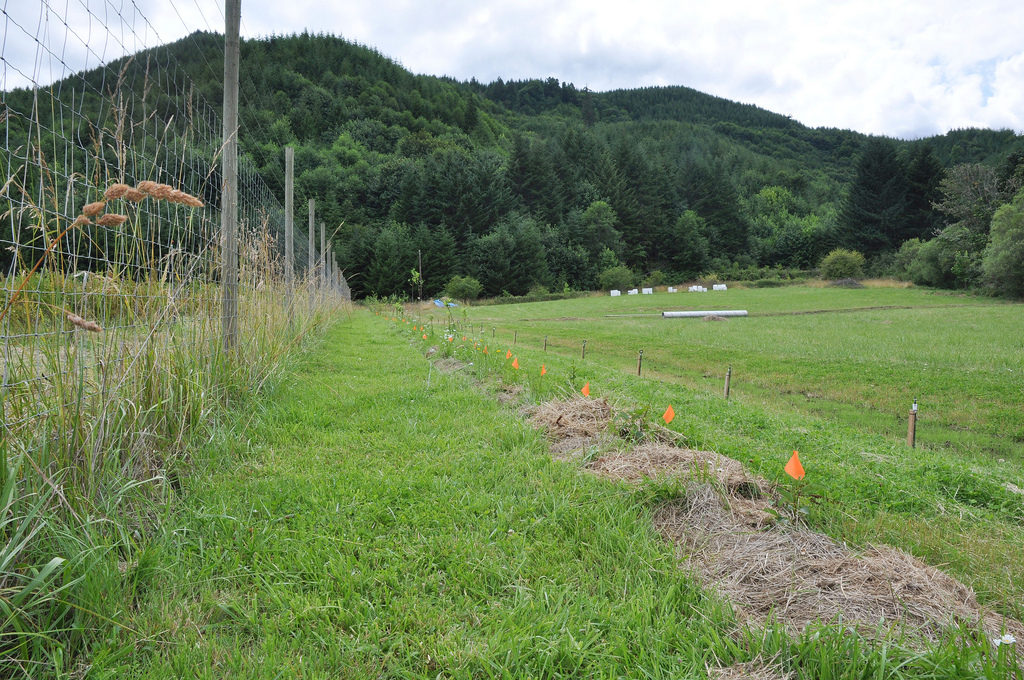
A recent study published in Science looks at the effects of maintaining at least a little bit of the wild on working lands including farmland, rangeland and forests. The study concludes that doing so may be a key to preserving biodiversity in the face of climate change.
This diversification of the land could be as simple as adding trees or hedgerows along the edges of fields which gives animals like birds, bats and insects places to live. It could also be as complex as incorporating a patchwork of fields, orchards, pastures and flowers into a single working farm.
These kinds of strategies would not just be beneficial to local ecosystems, they can also be a win-win for both wildlife and for farms. For example, brown bats eat from 6,000 to 8,000 bugs each night, which would be a real boon to farmers battling crop-eating pests. Currently, very few bats live on American farms because large swaths of monoculture crop don’t provide any place for bats to land or nest.
Maintaining even small pieces of the original landscape can help preserve the original diversity of species in areas where land is being put to use. Clearing oak woodlands and shrub-lands to establish large vineyards, for example, has hit many native species hard. Leaving at least some shrubs, trees and flowering plants greatly increases habitat suitability for many species.
It is possible for working landscapes to support biodiversity and still be productive and profitable. We need to pay attention to all the species that provide us with critical services like pollination, pest control and nutrient cycling. In a world where so many ecosystems are under duress, it is an essential way to go.
**********
Web Links
Bring the wild back into farmlands to protect diversity, researchers say
Photo, posted July 26, 2011, courtesy of NRCS Oregon via Flickr.
‘Bring The Wild Back’ from Earth Wise is a production of WAMC Northeast Public Radio.
Leave a Reply